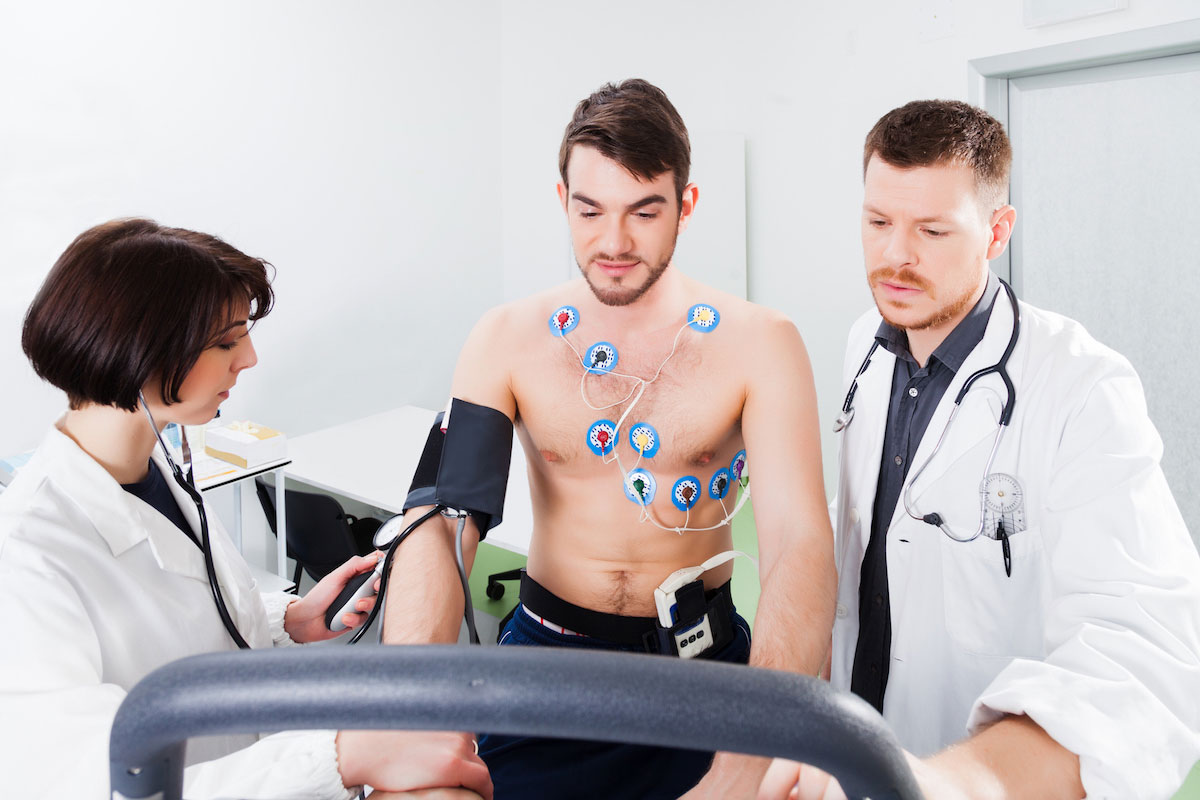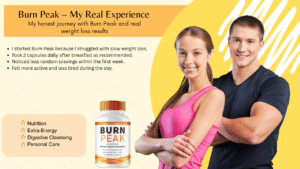Preparing for a Cardiac Stress Test: What Patients Should Know
Heart health is one of the most important aspects of overall well-being. If your doctor suspects issues such as blocked...

Heart health is one of the most important aspects of overall well-being. If your doctor suspects issues such as blocked arteries, irregular heart rhythms, or reduced blood flow to the heart, they may recommend a cardiac stress test. This diagnostic tool helps evaluate how well your heart functions when it is working harder than usual.
For many patients, the idea of undergoing a cardiac stress test may feel intimidating. However, knowing what to expect and how to prepare can make the process smooth and stress-free. This guide will walk you through everything you need to know before your test, including preparation steps, what happens during the procedure, and what results mean for your heart health.
What Is a Cardiac Stress Test?
A cardiac stress test (also called an exercise stress test or treadmill test) is a procedure that evaluates how your heart performs under physical activity. Since exercise makes your heart pump faster and harder, it can reveal problems that might not appear when your body is at rest.
During the test, you will typically walk on a treadmill or pedal a stationary bike while your heart rate, blood pressure, breathing, and electrical activity are monitored. In some cases, if you cannot exercise, medication may be used to simulate the effects of exercise on the heart.
Why Do Doctors Recommend a Cardiac Stress Test?
Doctors order a cardiac stress test for various reasons, including:
- Diagnosing coronary artery disease: Detecting blocked or narrowed arteries that reduce blood flow.
- Assessing heart rhythm issues: Identifying arrhythmias that may occur during physical activity.
- Evaluating treatment effectiveness: Checking if current heart treatments, such as medications or procedures, are working.
- Measuring exercise tolerance: Determining safe levels of activity for patients with heart conditions.
- Preventive screening: For patients with risk factors such as high blood pressure, diabetes, obesity, or a family history of heart disease.
How to Prepare for a Cardiac Stress Test
Proper preparation is key to ensuring accurate results. Below are essential steps to follow before your cardiac stress test.
1. Follow Your Doctor’s Instructions
Your cardiologist will provide personalized guidelines based on your health history, medications, and the type of stress test you are scheduled for. Always follow these instructions carefully.
2. Adjust Medications if Necessary
Certain medications may affect your heart rate and alter test results. Your doctor may ask you to temporarily stop taking:
- Beta-blockers
- Certain calcium channel blockers
- Caffeine-containing medicines
Do not stop any medication unless specifically instructed by your healthcare provider.
3. Avoid Eating or Drinking Before the Test
Most patients are advised not to eat, drink, or smoke for at least 2–4 hours before a cardiac stress test. Caffeine, in particular, should be avoided, as it can interfere with test accuracy.
4. Wear Comfortable Clothing and Shoes
Since the test involves exercise, wear light, comfortable clothing and athletic shoes. Avoid tight clothing or anything that may restrict your movement.
5. Bring Necessary Medical Information
Carry a list of your current medications, allergies, and past medical history. This ensures your healthcare team has all the information they need during the procedure.
What to Expect During a Cardiac Stress Test
Knowing what happens step by step can help reduce anxiety:
- Preparation: Electrodes will be attached to your chest to monitor your heart’s electrical activity (ECG/EKG). Your blood pressure will also be checked.
- Exercise Phase: You will start walking on a treadmill or pedaling a stationary bike. The intensity gradually increases to raise your heart rate.
- Monitoring: Throughout the test, doctors monitor your ECG, breathing, and blood pressure.
- Completion: Once you reach your target heart rate or experience symptoms such as chest pain, fatigue, or shortness of breath, the test will stop.
- Recovery Phase: You will rest while your heart rate and blood pressure return to normal.
If you are unable to exercise, a pharmacological stress test may be performed, where medication mimics the effect of exercise on your heart.
Risks and Safety Considerations
A cardiac stress test is generally safe when performed under medical supervision. However, like any procedure, there are small risks, including:
- Abnormal heart rhythms (arrhythmias)
- Low blood pressure
- Dizziness or fainting
- Rarely, a heart attack
Your medical team will closely monitor you throughout the test to ensure safety.
Understanding the Results of a Cardiac Stress Test
Once the test is complete, your cardiologist will analyze the data and explain the results. Possible outcomes include:
- Normal results: Suggesting your heart is functioning well under stress.
- Abnormal results: Indicating reduced blood flow, arrhythmias, or other heart issues.
- Further testing needed: In some cases, additional imaging tests such as echocardiograms or nuclear cardiology scans may be recommended.
Tips for a Smooth Cardiac Stress Test Experience
- Get a good night’s sleep before your appointment.
- Stay hydrated (but follow fasting instructions).
- Inform your doctor immediately if you experience chest pain, dizziness, or unusual symptoms before or during the test.
- Try to relax—remember, the test is a preventive tool to protect your heart health.
Final Thoughts
A cardiac stress test is one of the most valuable diagnostic tools for detecting hidden heart problems and guiding treatment decisions. By preparing properly, following your doctor’s instructions, and knowing what to expect, you can ensure accurate results and a smooth experience.
If you’ve been scheduled for a cardiac stress test, think of it not as something to fear, but as a proactive step toward safeguarding your heart health. With the right preparation, you’ll be better equipped to take control of your cardiovascular well-being.



